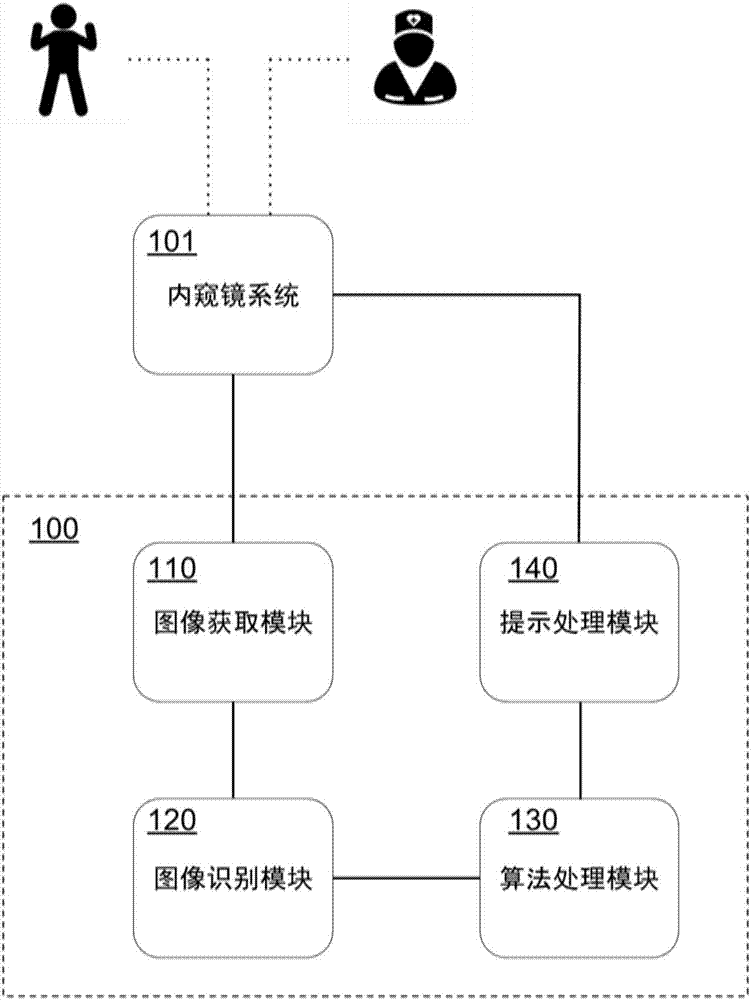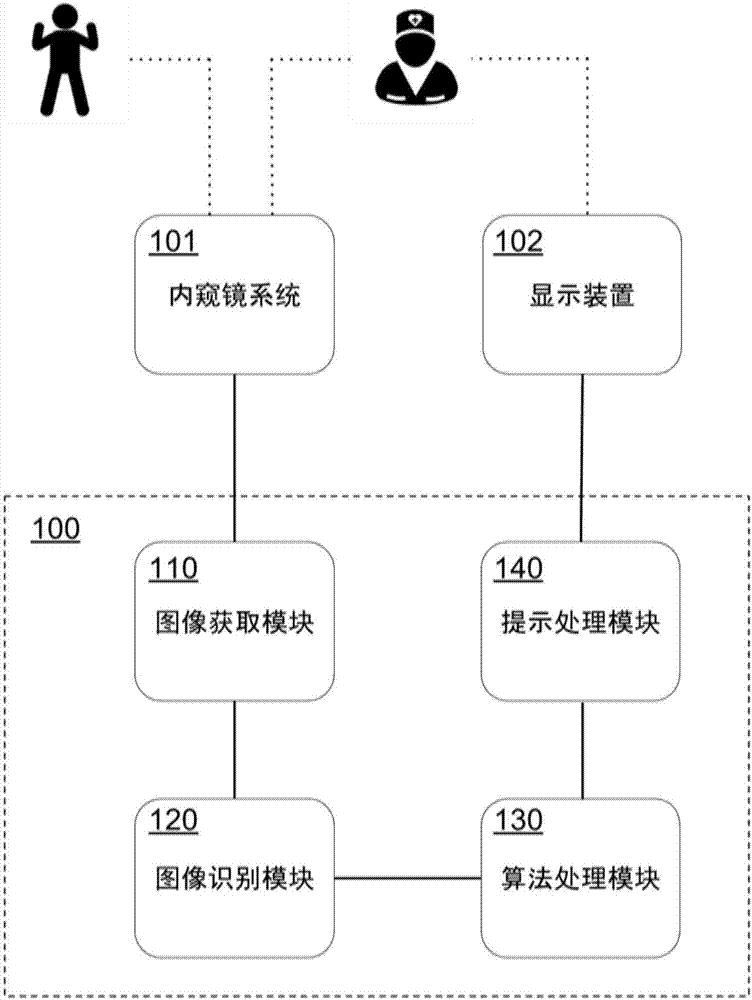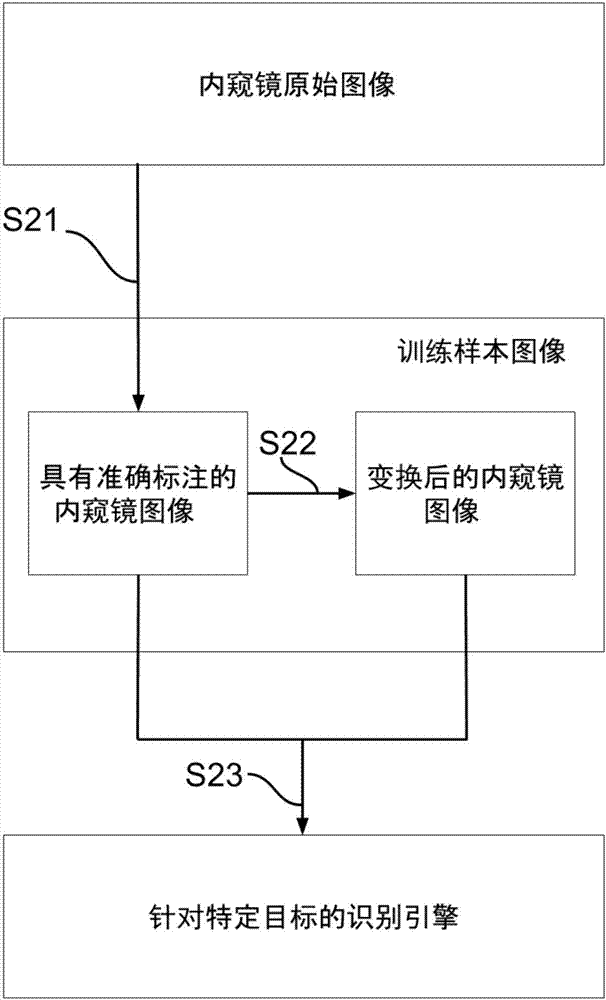Polyp image identification system and method
An image recognition and polyp technology, applied in the computer field, can solve the problems of increasing false positives, low sensitivity, and missed recognition of normal raised tissue, and achieve the problem of missed and false detection of polyps, high sensitivity and recognition effect, and high Effects of Sensitivity and Specificity
- Summary
- Abstract
- Description
- Claims
- Application Information
AI Technical Summary
Problems solved by technology
Method used
Image
Examples
Embodiment Construction
[0044] The foregoing and other technical contents, features and effects of the present invention will be clearly presented in the following detailed description of a preferred embodiment with reference to the accompanying drawings. The directional terms mentioned in the following embodiments, such as: up, down, left, right, front or back, etc., are only referring to the directions of the drawings. Accordingly, the directional terms are used to illustrate and not to limit the invention.
[0045] Please refer to figure 1 , a schematic diagram of the implementation of the polyp image recognition system of the present invention. Such as figure 1 As shown, the polyp image recognition system 100 of the present invention includes an image acquisition module 110 , an image recognition module 120 , an algorithm processing module 130 and a prompt processing module 140 . The configuration of the polyp image recognition system 100 of the present invention is better to use an x86 framew...
PUM
 Login to View More
Login to View More Abstract
Description
Claims
Application Information
 Login to View More
Login to View More - R&D Engineer
- R&D Manager
- IP Professional
- Industry Leading Data Capabilities
- Powerful AI technology
- Patent DNA Extraction
Browse by: Latest US Patents, China's latest patents, Technical Efficacy Thesaurus, Application Domain, Technology Topic, Popular Technical Reports.
© 2024 PatSnap. All rights reserved.Legal|Privacy policy|Modern Slavery Act Transparency Statement|Sitemap|About US| Contact US: help@patsnap.com










